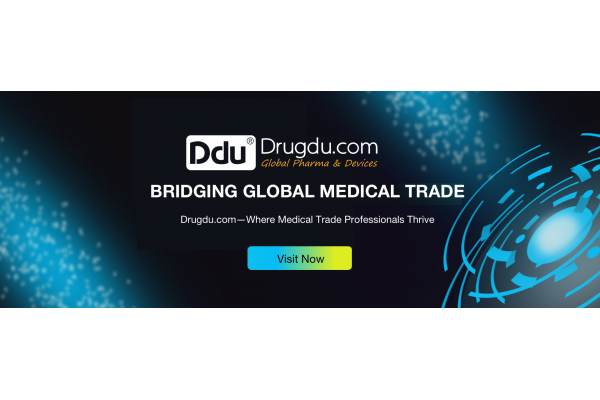【EXPERT Q&A】What documents are needed and what is the specific process for exporting medical equipment?
December 22, 2023
Source: drugdu
 582
582
Drugdu.com expert's response:
Exporting medical equipment requires a thorough understanding of the regulatory requirements of both the exporting and importing countries, and involves several steps and essential documents:
1.Regulatory Compliance
Compliance with Exporting Country Regulations: Ensure the medical equipment meets the regulatory standards of the country of origin.
Compliance with Importing Country Regulations: Understand and comply with the medical device regulations of the destination country, which may include certifications like CE Marking (for Europe) or FDA approval (for the United States).
2.Essential Documents
Export License: Depending on the type of equipment and the destination, an export license may be required.
Commercial Invoice: Details the transaction between the exporter and importer.
Packing List: Describes the contents and packaging details of the shipment.
Bill of Lading or Airway Bill: Used for the shipment of goods.
Certificate of Origin: States where the equipment was manufactured.
Product Certifications: Documents like CE Certificate or FDA approval, as per the importing country’s regulations.
Quality Certificates: Ensure quality standards like ISO certification.
3.Export Process
Product Classification: Classify the medical equipment according to the international harmonized system (HS) codes.
Find a Freight Forwarder: A reliable freight forwarder or logistics provider can assist with shipping and customs clearance.
Customs Declaration: Submit the necessary documents for customs clearance in the exporting country.
Shipping and Logistics: Arrange for the transportation of goods, considering factors like cost, delivery time, and product safety.
4.Import Process in Destination Country
Customs Clearance: Submit required documents to customs in the destination country.
Payment of Tariffs and Taxes: Depending on the country, import tariffs and taxes may be applicable.
Regulatory Compliance Check: Ensure that the medical equipment passes the destination country’s regulatory checks and inspections.
5.Post-Shipment
After-sales Support: Depending on the agreement with the buyer, provide necessary after-sales support, including installation, maintenance, and training.
The process of exporting medical equipment can be complex, requiring a clear understanding of international trade regulations, customs procedures, and specific medical device regulations. Working with experienced customs brokers and freight forwarders can greatly facilitate this process.
Read more on
- 【EXPERT Q&A】What are the main testing standards for medical devices? December 29, 2025
- 【EXPERT Q&A】What are the considerations to keep in mind when applying for EU CE certification? December 26, 2025
- 【EXPERT Q&A】What are the requirements for the registration information of domestic active medical device products? December 24, 2025
- 【EXPERT Q&A】What are the differences between a ventilator and an oxygen generator? December 22, 2025
- 【EXPERT Q&A】How can I apply for Class II and Class III medical device certificates the fastest? December 19, 2025
your submission has already been received.
OK
Subscribe
Please enter a valid Email address!
Submit
The most relevant industry news & insight will be sent to you every two weeks.




